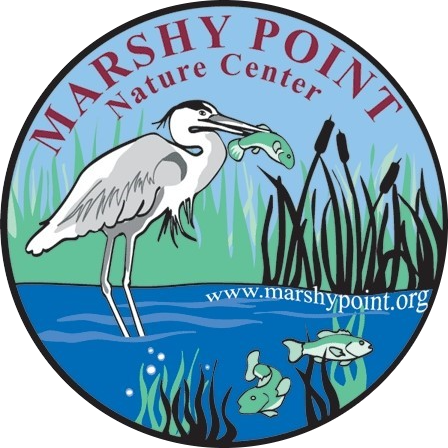Winter is a great time to attract birds to your backyard and to observe them at a feeder.
The National Audubon Society suggests that as many as 40% of Americans feed birds. This hobby can be rewarding, relaxing, and beneficial for wildlife. It also presents unexpected opportunities, such as participating in a citizen science program like the Cornell Lab of Ornithology’s Project Feeder Watch (feederwatch.org).
However, there are some important things to keep in mind about feeding birds—to make sure your feeder is a healthy and pleasant place for both you and our feathered friends.
The birds your feeder attracts will depend what kinds of food you’re offering. Your feeder should keep the food dry and will be designed for specific types of food.
Although general purpose seed mixes might be the cheapest bird food, they’re not the best. These kinds of mixes contain large amounts of seeds that most birds won’t eat. These filler seeds end up on the ground, start to rot, and can attract rodents and harbor disease.
Providing a few different seed options can be less messy and keeps different bird species at different feeders—thus reducing the risk of your feeders spreading pathogens such as house finch eye disease or parasites.
- Black oil sunflower is a good general purpose food. Although the seeds themselves will not end up as waste on the ground, it is still important to clean up the sunflower hulls under your feeder every couple of months. Black oil sunflower can also be purchased already hulled but represents a more expensive option.
- Suet is a cake made out of animal fat that will attract a number of insect eating birds such as woodpeckers and nuthatches, and is also eaten by tufted titmice and chickadees.
- Thistle seed can be offered in tube feeders with very narrow feeding ports and appeals to finches, especially American Goldfinches.
- Some backyard bird enthusiasts also offer pieces of fruit and live mealworms to attract species such as orioles, tanagers, and bluebirds that won’t eat seeds or suet.
- In warmer months, a nectar feeder will bring you the amazing aerial displays of hummingbirds.
No matter which options you select, it is sure to provide enjoyment, entertainment, and some up-close encounters with our avian neighbors.
Although there are no health inspections at a backyard bird cafe, a feeding station does need to be kept clean. This means raking up the hulls of seeds from the ground periodically and disinfecting the feeders every few months. Scrubbing feeders out with a bottle brush and then soaking them in a 10% bleach solution every few months will keep a backyard bird eatery up to health standards.
Stop by Marshy Point to check out the visitors to our feeders, or come along on one of our monthly Sunday Birdwalks to learn more about the birds that might visit.

